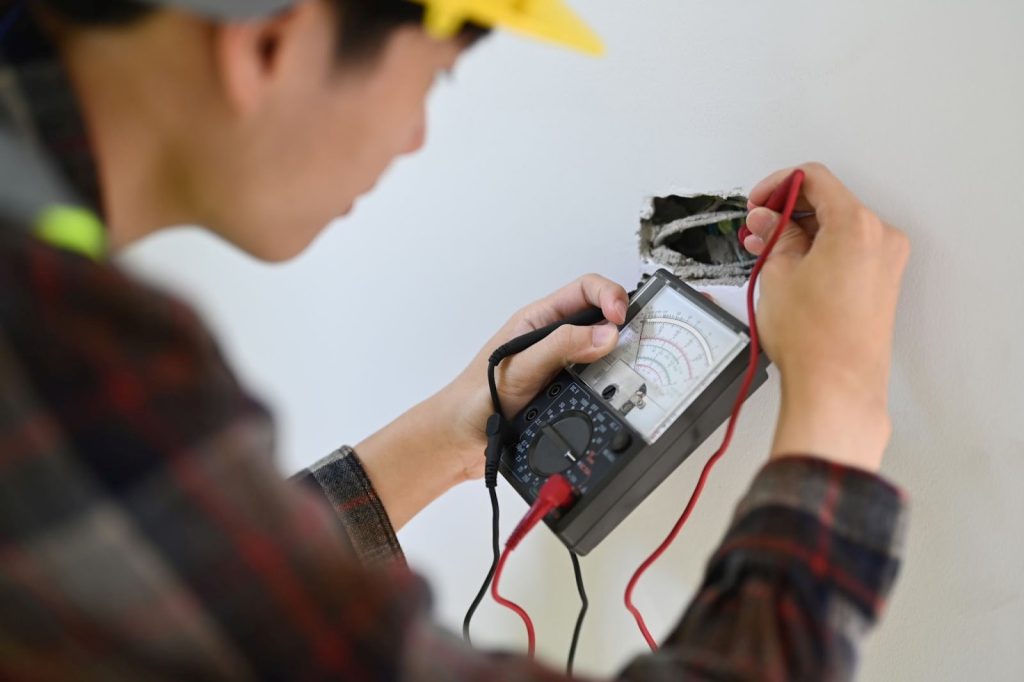If you’re one of the many people who use a blender in your home, you may be wondering whether or not you need to have it PAT tested. While it may seem like a hassle, taking proper precautions when it comes to electrical safety is important for everyone’s well-being.
Portable appliance testing (PAT) is a process of checking electrical equipment to ensure it is safe to use. PAT testing is a legal requirement for many businesses, but it’s not always clear whether it’s necessary for personal use. If you’re unsure whether or not you need to get your blender PAT tested, it’s important to consider the potential risks of not doing so. In this article, we explore the importance of PAT testing, what it entails, and whether or not it’s necessary for your blender.
Is PAT Testing Really Necessary?
When it comes to electrical items, PAT testing is a common safety practice. It tests the safety of appliances and equipment to ensure that they are safe for use in an environment where electricity is used. PAT testing can be beneficial for all kinds of electrical items because it helps identify any potential risks associated with them before they are put into use.
If there are any faults or defects found during the test then these can be addressed quickly before anyone has the chance to use them. Additionally, if any changes have been made such as adding new features or replacing a control panel then this should be tested too to make sure that everything is working properly before being used by people.
Do Blenders Need To Be PAT tested?
Blenders do not necessarily need to be PAT tested, but it is recommended that they undergo regular appliance testing to ensure that they are safe to use. PAT testing involves a series of electrical safety checks conducted on electrical appliances to determine if they are safe for use.
While blenders may not pose as much of a risk as other electrical appliances, frequent use and wear and tear can cause faults and defects that can compromise their safety. As such, it is important to have them regularly tested and inspected by a qualified technician to prevent any accidents or hazards.
How Do You PAT Test A Blender?
- Visual inspection: Before testing the blender, it is essential to carry out a visual inspection. Check the condition of the power cord for any signs of wear or damage. Inspect the blades and the blender’s housing for cracks, dents, or any other damage that may affect the blender’s safety and performance.
- Earth continuity test: The next step is to perform an earth continuity test. This test ensures that the blender is properly grounded, preventing electrical shock hazards. Connect the appliance to the PAT tester and perform the test. The tester should indicate a low resistance value, indicating that the blender is correctly grounded.
- Insulation resistance test: The insulation resistance test is another critical test that you should conduct on a blender during PAT testing. This test measures the resistance of the insulation between the blender’s live parts and its chassis. To perform the test, connect the appliance to the PAT tester and select the insulation resistance test option. If the test results indicate that the insulation resistance is below the acceptable level, it means there is a problem with the blender’s insulation, and it may not be safe to use.
- Functional test: The final step is conducting a functional test. Ensure that the blender is operating correctly. Turn on the blender and check that the blades are rotating smoothly without any unusual noises or vibrations.
Which Appliances Need A PAT Test?
PAT testing is required for any appliance that is used in a commercial or public setting, such as offices, schools, hospitals, and shops. This includes appliances such as computers, printers, photocopiers, kettles, toasters, kitchen appliances, power tools, and audio equipment.
There is no specific requirement for how often PAT testing should be carried out, but it is recommended that appliances are tested regularly to ensure they are safe for use. PAT testing is not required for appliances used in a domestic setting, although it is still a good idea to have them tested to ensure their safety. Overall, any appliance that is used in a work or public environment should be PAT tested to ensure that they are safe for use by employees and members of the public.
When Should Appliances Be PAT Tested?
Appliances should be PAT tested regularly to ensure they are safe to use. The frequency of testing depends on the type of appliance, its usage, and the environment it is used in. For example, a portable electrical appliance used in a high-risk environment, such as a construction site, should be tested more frequently than an appliance used in a low-risk environment, such as an office.
The Health and Safety Executive recommends that appliances are tested every 12 months, but some organizations may choose to test more frequently to ensure safety. In addition, appliances should be tested after any repair or maintenance work has been carried out. Overall, regular PAT testing is essential to prevent accidents and ensure the safety of all users.
PAT Testing Services
PAT testing services are essential for ensuring that appliances, such as blenders, are safe to use. At LegionellaRiskandPAT.com, we offer fully compliant and comprehensive portable appliance testing across the whole of Scotland at some of the most competitive prices on the market.


